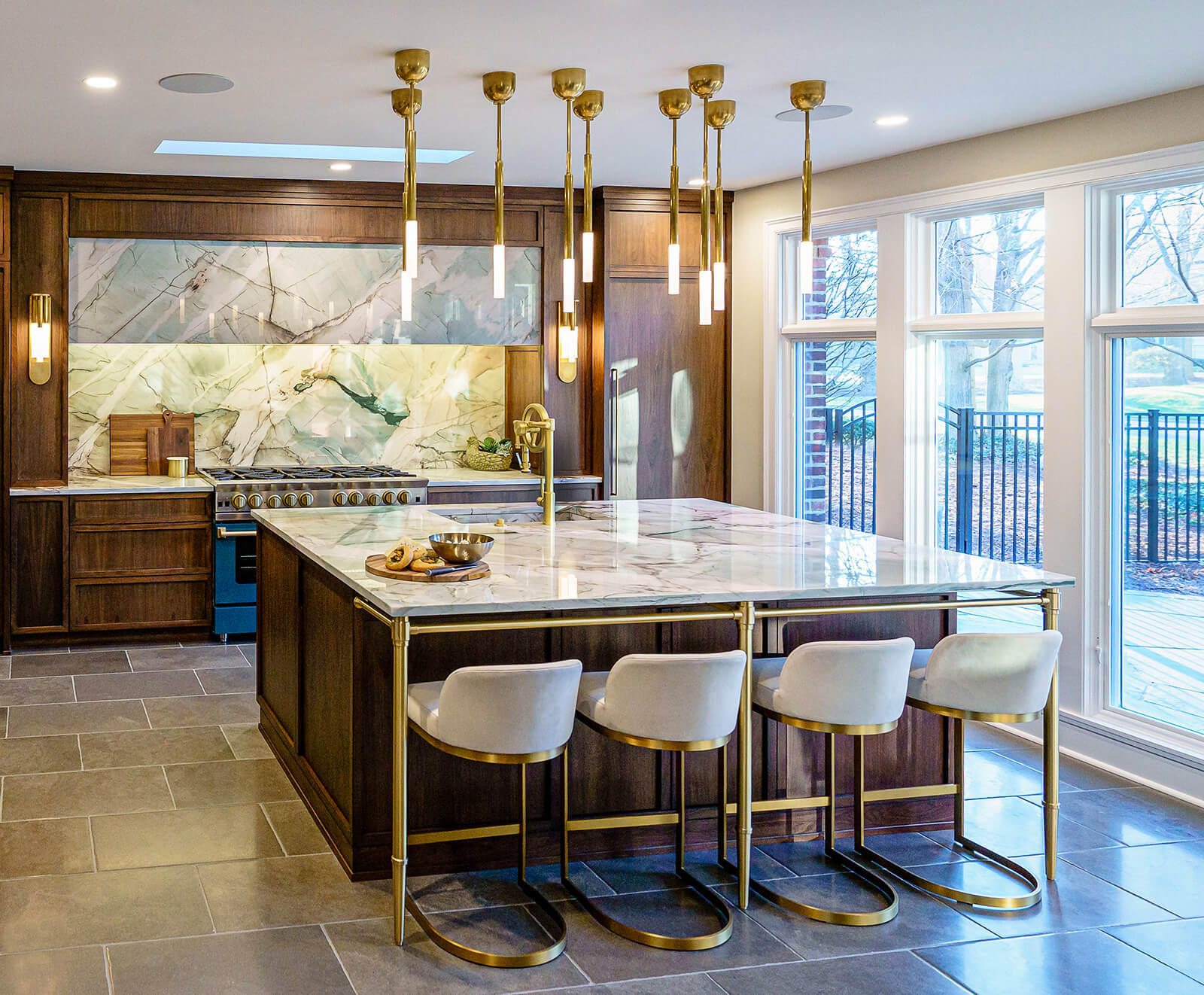Personalize Your Kitchen Look with Distinct Legs For Kitchen Island Alternatives
Personalize Your Kitchen Look with Distinct Legs For Kitchen Island Alternatives
Blog Article
An Overview to Selecting the Perfect Legs For Kitchen Island for Your Home
Choosing the excellent legs for your kitchen island is a nuanced decision that affects both the capability and visual allure of this central area. Factors such as height, products, and style play a critical role in balancing your island with the overall kitchen area design. In addition, recognizing the significance of security and upkeep can considerably influence your option. As you take into consideration these components, it ends up being obvious that the ideal legs can transform not only the look of your kitchen yet likewise its usability for many years ahead. What certain functions should you focus on in this choice process?

Understanding Cooking Area Island Legs
When choosing legs for a kitchen area island, it's vital to understand their aesthetic and useful roles in the general layout. The legs function as a critical support system, making sure security and sturdiness for the island, which often works as a work space, dining area, or collecting place. For that reason, the option of material and building strategy need to be robust sufficient to withstand everyday usage and possible wear.
Along with their structural responsibilities, legs contribute dramatically to the island's aesthetic allure. They can enhance the kitchen's style, whether with standard, modern, or diverse layouts. The elevation and percentage of the legs are additionally critical considerations; they must harmonize with the island's countertop height while guaranteeing comfortable seating for those using the space.
Furthermore, the leg style can influence the overall flow of the kitchen. Open, ventilated leg designs can develop a feeling of lightness, while solid, substantial legs may convey a more based and secure visual - Legs For Kitchen Island. Understanding these aesthetic and functional aspects will assist house owners in making notified choices that complement their cooking area's layout and improve its usability
Popular Styles and Materials
The selection of legs for a kitchen area island incorporates a variety of preferred designs and materials, each offering special features that can enhance both functionality and looks. Traditional legs commonly exhibit elaborate information and craftsmanship, improving timeless cooking area designs.

Height and Security Considerations

The legs of the cooking area island ought to give sufficient assistance, making sure that the structure can withstand day-to-day use without tottering or shifting. Product option plays a substantial duty in stability; metal legs, for circumstances, often tend to supply greater toughness compared to wood.
Matching Your Kitchen Area Visual
Choosing the right legs for your kitchen island goes beyond capability; it also plays a click over here considerable role in the total visual of the space (Legs For Kitchen Island). When selecting legs, consider the layout style of your kitchen.
Color is one more crucial variable. Legs that match or comparison with your island's surface and surrounding cabinetry can develop visual consistency or striking prime focus. Coupling dark timber legs with a light marble kitchen counter can include depth and interest. Additionally, consider the finish of the legs; matte, glossy, or textured surfaces can substantially influence the overall feeling of the kitchen.
Setup and Upkeep Tips
Setting up kitchen island legs calls for careful attention to detail to guarantee both stability and aesthetic allure. Make use of a stud finder to locate wall studs if you are attaching the legs to a wall or using brackets for included support.
When safeguarding the legs, make use of high-quality screws and, if essential, wood glue for check that added toughness. For metal legs, make certain that you are using proper supports and devices to avoid damages to your floor covering. It is recommended to look for levelness after setup, making changes as required to avoid wobbling.
Upkeep is similarly important for longevity - Legs For Kitchen Island. Consistently check the legs for any indicators of wear or helping to loosen, particularly in high-traffic areas. Clean the legs with an appropriate cleaner, staying clear of unpleasant materials that might scratch the surface. For wooden legs, think about using a timber conditioner periodically to maintain their finish. By following these installation and maintenance suggestions, you can guarantee that your kitchen area island legs stay both practical and aesthetically attractive.
Conclusion
In conclusion, picking the suitable legs for a cooking area island requires mindful consideration of elevation, stability, and visual compatibility. Eventually, thoughtful leg option plays an important duty in raising both the usefulness and style of the cooking area space.
When choosing legs for a kitchen island, it's necessary to understand their aesthetic and practical duties in the total layout. Open, airy leg designs can produce a feeling of lightness, while solid, substantial legs might convey an extra grounded and steady visual. The legs of the cooking area island must offer Visit This Link ample support, ensuring that the framework can endure day-to-day use without changing or wobbling.Mounting kitchen island legs needs mindful attention to detail to make sure both stability and aesthetic charm.In verdict, picking the appropriate legs for a cooking area island necessitates cautious consideration of height, stability, and aesthetic compatibility.
Report this page